1. Louisiana
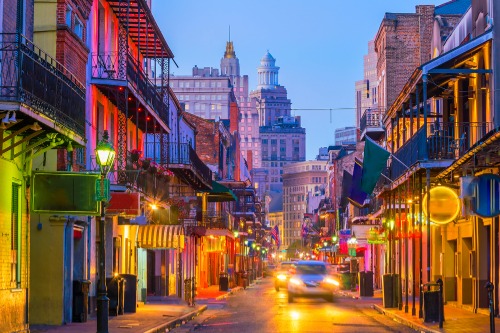
Louisiana faces poverty due to a combination of economic challenges, including a dependence on the oil industry, which is prone to market fluctuations. The state also struggles with educational inequality and limited job opportunities in many rural areas. Poverty is further exacerbated by high rates of uninsured residents and poor health outcomes.
2. Mississippi

Mississippi has consistently held the unfortunate title of the poorest state in the nation. A lack of diversified industries and limited job opportunities in rural areas leaves many residents with low-paying jobs or no employment at all. Additionally, access to education and healthcare continues to lag behind national averages.
3. New Mexico

New Mexico’s economy has a heavy reliance on government jobs and industries such as oil, gas, and tourism, which aren’t always enough to provide sustainable income for everyone. The state also battles high unemployment rates, especially among Native American communities, and a significant portion of the population lacks access to quality healthcare and education.
4. Arkansas

Arkansas’ economy is largely driven by agriculture, which often doesn’t pay enough to lift workers out of poverty. The state faces challenges like underemployment, low wages, and high dropout rates in schools. These factors contribute to the persistent poverty seen in rural areas, where job opportunities are scarce.
5. West Virginia
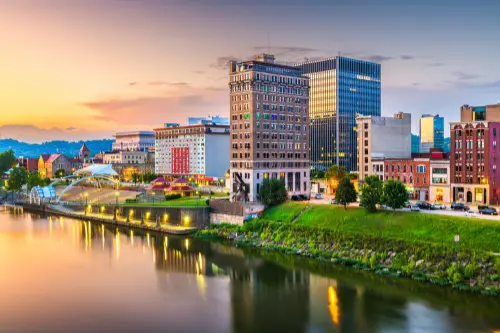
Once thriving with coal mining, West Virginia’s economy has struggled due to the decline of the coal industry. The state’s unemployment rate is high, and many residents live in economically depressed areas with few options for higher-paying jobs. Poor health outcomes and low educational attainment also contribute to the cycle of poverty.
6. Kentucky

Kentucky’s poverty rate is partly tied to its reliance on low-wage jobs in sectors like coal, agriculture, and manufacturing. The state also faces significant educational challenges, with many people not having the qualifications needed for higher-paying jobs. Health issues, particularly opioid addiction, further limit economic opportunities for many residents.
7. Alabama
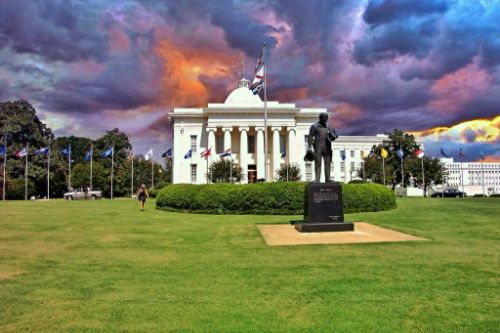
Alabama’s economy is dependent on sectors like agriculture, manufacturing, and healthcare, but these industries often provide low wages. Rural areas, in particular, suffer from high unemployment, and many families struggle with poor health, which can limit their ability to work and escape poverty.
8. Oklahoma
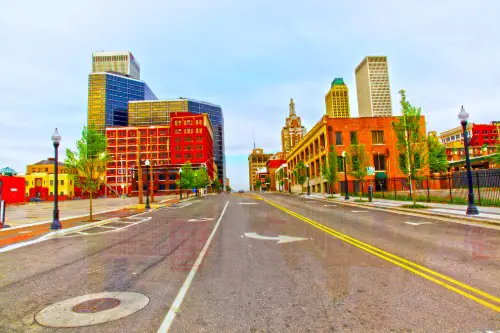
Oklahoma has one of the highest poverty rates due to its reliance on industries like oil, gas, and agriculture, which are highly volatile. Many residents face underemployment, while educational attainment remains low, contributing to a lack of higher-paying jobs. Additionally, the state’s rural areas struggle with limited access to healthcare and transportation.
9. South Carolina
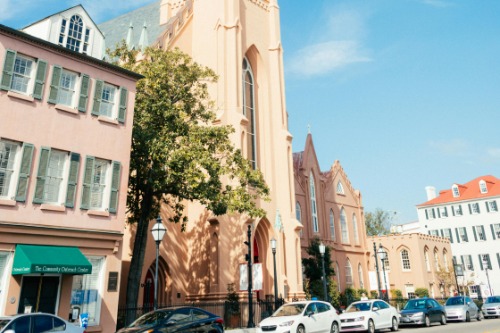
South Carolina has made strides in economic growth, but poverty remains widespread, particularly in rural communities. While manufacturing has provided some jobs, wages are still low, and many of the state’s residents lack the education and skills needed for higher-paying positions. The healthcare system also struggles to meet the needs of the impoverished.
10. Nevada

Nevada’s economy has a heavy reliance on tourism and entertainment, industries that are susceptible to economic downturns and external shocks, like the COVID-19 pandemic. Many workers in the service industry are stuck in low-wage jobs, and the state faces high housing costs and limited access to affordable healthcare.
11. Tennessee

While Tennessee has a growing economy, the state still struggles with widespread poverty, especially in rural areas. Manufacturing jobs, though abundant, are often low-wage, and the state has one of the lowest high school graduation rates in the country, limiting residents’ access to better opportunities.
12. Georgia

Georgia’s poverty is tied to its rapidly growing population, which has outpaced the state’s ability to provide sufficient infrastructure and high-quality jobs. Rural areas, in particular, have fewer job opportunities, while the cost of living in urban areas like Atlanta can make it harder for low-income residents to escape poverty.
13. Florida
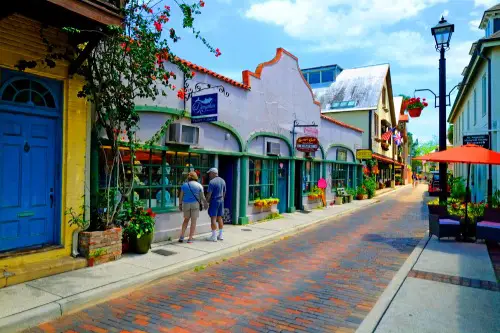
Despite being a major tourist destination, Florida struggles with poverty, especially in its rural areas. The state’s service and agriculture industries often pay low wages, and many jobs are part-time or seasonal. A lack of affordable housing and high healthcare costs further contribute to widespread poverty.
14. Michigan
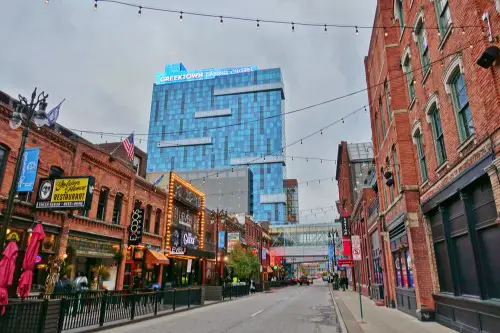
Michigan faces poverty due to a loss of manufacturing jobs and a slow recovery from the decline of the auto industry. While the state is working to diversify its economy, many residents still struggle to find stable, well-paying work. Additionally, high urban poverty rates in cities like Detroit add to the state’s overall poverty picture.


